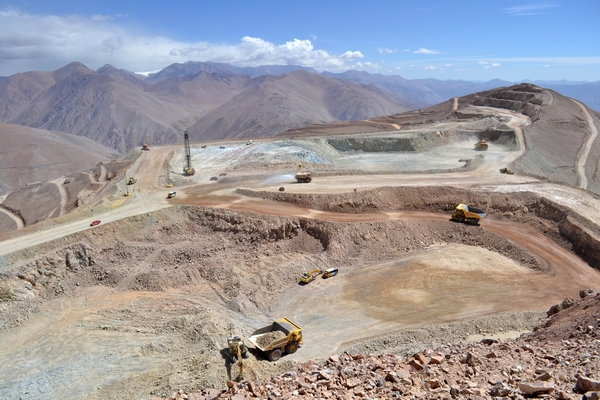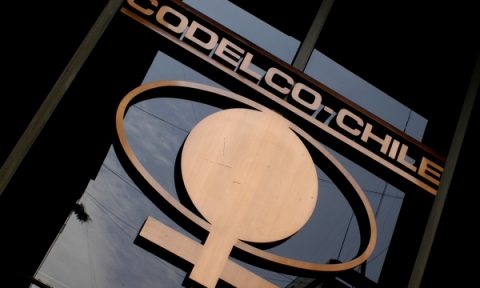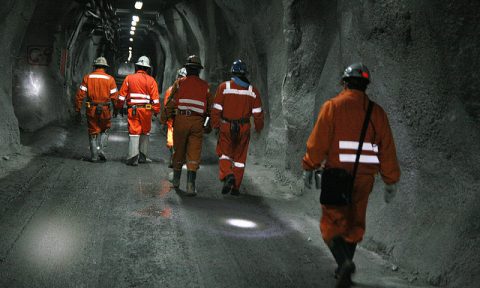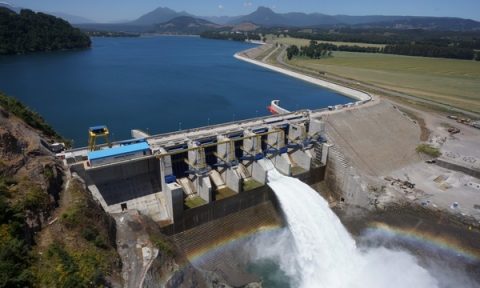Great mining delivers report with measures to unlock projects

The guild delivered a paper commissioned by BHP Billiton, which defines the areas where bureaucracy could be lowered. The Government seeks to accelerate $ 8,000 million in investment in this industry.
“The ideal would be not to have to go through bad economic times for governments to promote initiatives to revive investment,” says CEO of the Mining Council, Joaquín Villarino, regarding the Executive plan to accelerate a portfolio of between $ 8,000 and $ 10,000 million in mining.
Anyway, the guild which brings together the major players in the industry, welcomes the initiative and works to graph how it influences the rest of the national economy.
But it is not only that. As part of the agenda of productivity they delivered to the authorities, the findings of a study that BHP Billiton commissioned in 2013 to the Ferrada Nehme Law Firm, which realizes the problems that affect environmental processing of mining projects.
“This study covers areas of institutions, procedures, stability of the Environmental Qualification Resolution, the upgrade projects and the environmental assessment, among other issues,” he says.
Villarino, anyway, adds that this accelerating investment not imply to jump processes or relax requirements but expedite decisions by public bodies that already have the necessary background. “We hope that the lessons contained in this opportunity and earlier ones serve to streamline procedures permanently,” he says.
Specific effects
Mining investment has been reduced. Of the nearly $ 105,000 million surveyed until 2023, more than $ 75,000 million are in more remote stages of realization. Hence the importance to eliminate bureaucracy, say industry.
As it has been determined in the Mining Council, investment in mining has a multiplier effect of 1.67 times, ie, that for every peso of activity generated by this industry, 67 cents are created in other sectors, such as household consumption, government spending, investment and input supply.
“One way to observe this effect is appreciating that, of the cash flows generated by the mining sector, mainly from sales revenue, 51% goes to pay suppliers; 8% to pay its own workers; 11% goes to the treasury and 19% is reinvested”, says Villarino.
Besides in the short term, when mining projects are in execution stage, the activity of construction sector would be boost, which has seen increasing its unemployment rate.
As it was estimated in 2012 by Sonami, nearly 44% of new mining investment should be allocated to this sector.
Regulatory coherence
An important issue that should learn from, explains Villarino, is to prevent the emergence of bad regulations that create new barriers. That is why they look favorably that in the context of the productivity agenda is proposed to advance in the efficiency and regulatory consistency.
Regarding the investment climate, Villarino says that “we don’t have enough evidence to believe that the turning point came” in the economy climate as a as a result of the tax reform.
This is because there are matters of the law that were not clear enough, besides it will involve a significant increase in the tax burden on business, and outstanding issues remain, such as the repeal of Decree 600 from 2016 and further changes in labor issues, constitutional, of the Water Code and glaciers.
Source: Diario Financiero













